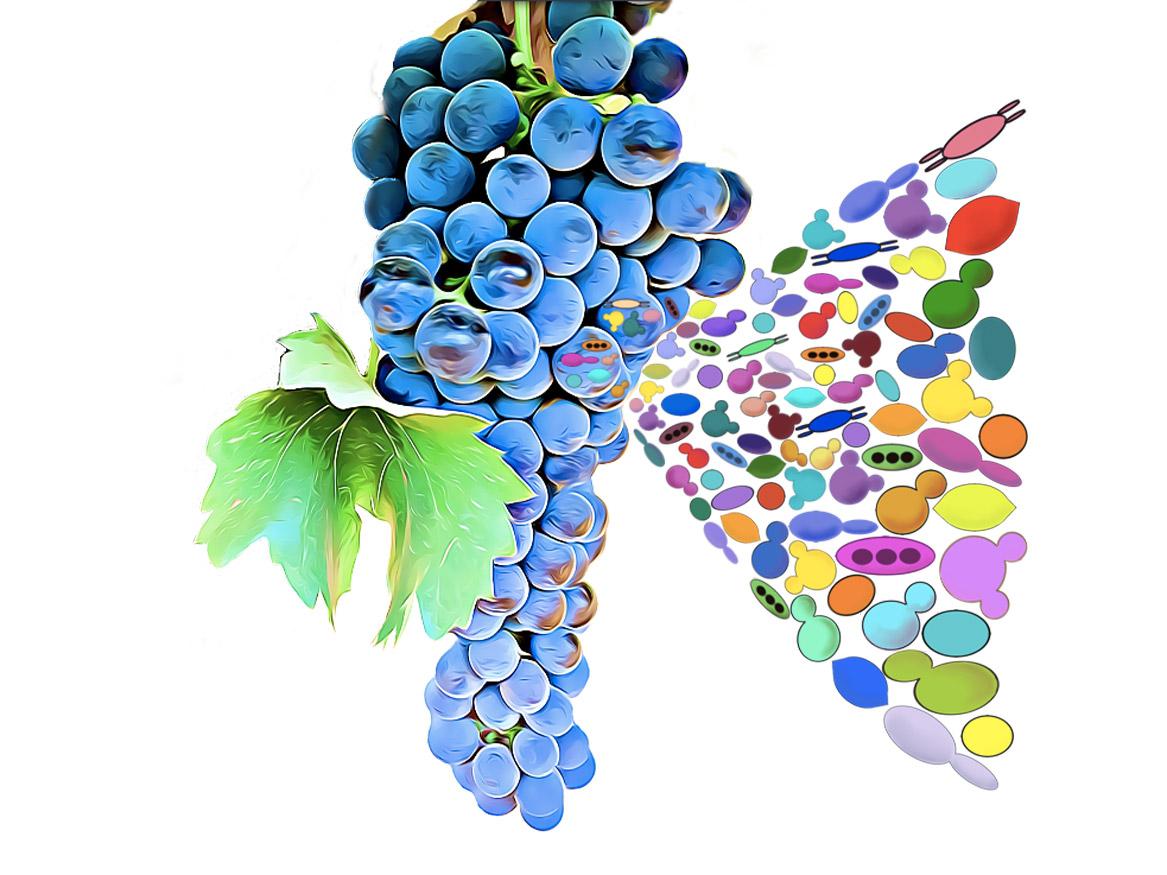What is the effect of yeast diversity on secondary ‘malolactic’ fermentation outcome?

In both industry and nature, the life of a microbe is a dramatic cycle of feast and famine. Those that respond best to competition for nutrients are the ultimate success story.
Winemaking is a classic example of this with the major players being yeast conducting the primary alcoholic fermentation and lactic acid bacteria (LAB) conducting malolactic fermentation (MLF).
Winemakers are now more frequently choosing to inoculate yeast and bacteria together in a co-inoculation strategy to achieve faster more efficient fermentations. However, this will increase the chance of direct interactions between yeast and bacteria.
Additionally, it is important to acknowledge that winemaking does not occur in a sterile environment. During the initial stages of winemaking there will be other yeast and bacteria present and microbial failure during fermentation is unfortunately not uncommon. This could be in part due to interactions and incompatibility of microorganisms. Little is known about these interactions, thus there is virtually no ability to combine and manage microbial cultures in an informed manner.
This research project will be conducted in the Wine Innovation Centre at University of Adelaide's Waite campus. You will explore the interactions encountered during winemaking by creating artificial diversity systems and investigating the effect of adding or removing yeast species has on malolactic fermentation.
This project will involve laboratory work including microbial culture, high-throughput fermentations using a robotic platform, HPLC and GCMS analysis and microbial diversity analyses using qPCR or sequencing based methods.

Supervisors
Co-supervisors: Dr Dimitra Capone
Research area: Wine Microbiology and Microbial Biotechnology Group, School of Agriculture, Food and Wine
Recommended honours enrolment: Honours in Wine Science
